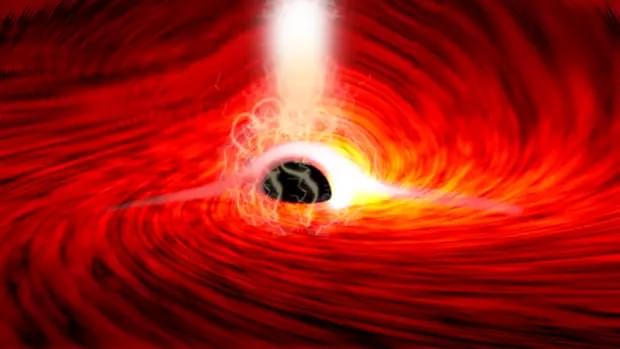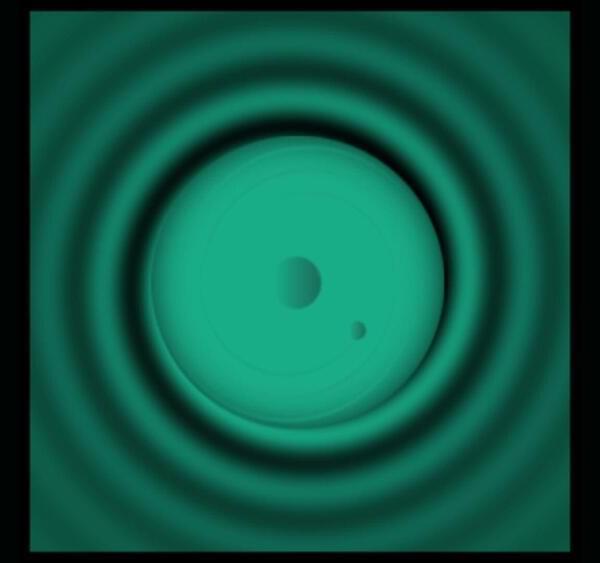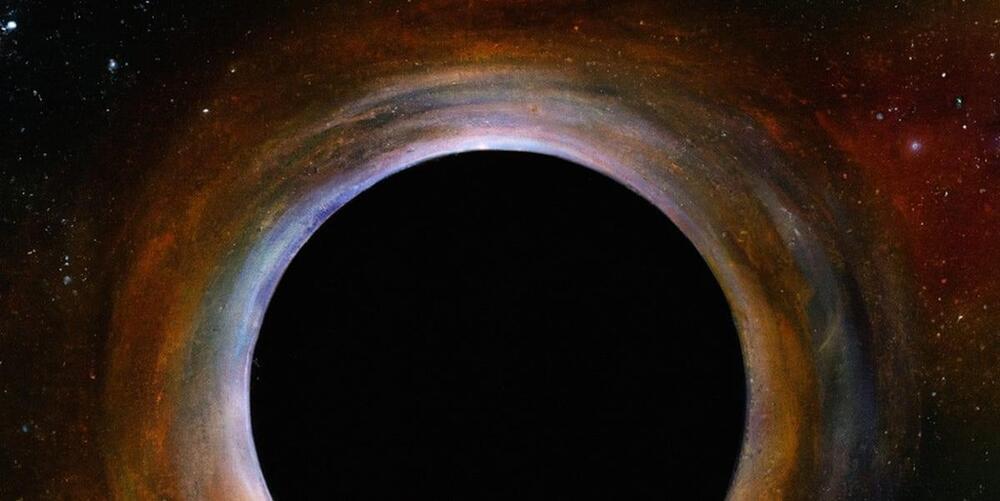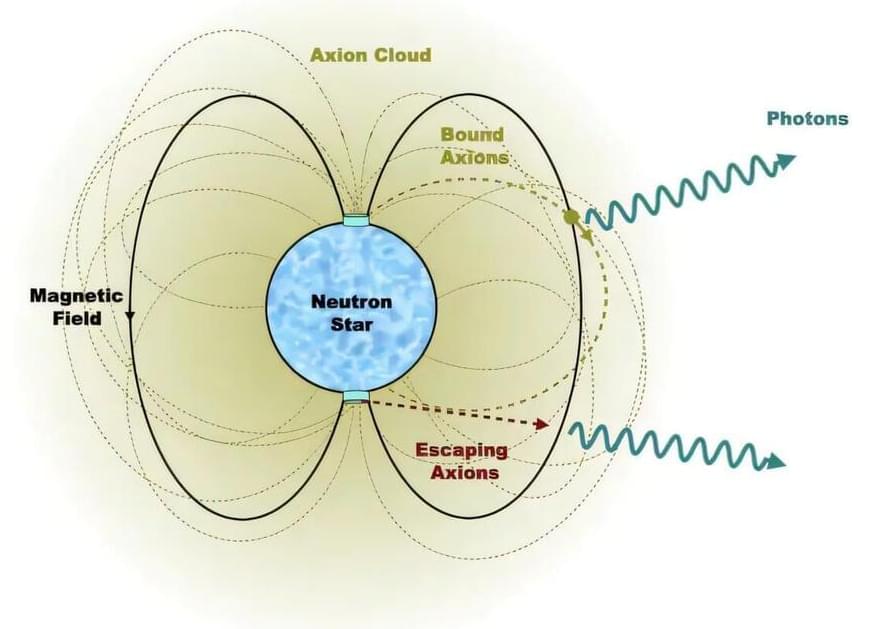All our science, measured against reality, is primitive and childlike – and yet it is the most precious thing we have. – Albert Einstein (1879−1955)
Astronomers have observed light bending around a black hole, a phenomenon predicted by Einstein’s theory of general relativity. By studying X-rays from a black hole in the Zwicky 1 galaxy, scientists detected unexpected “light echoes” coming from behind the black hole, proving that the black hole’s gravity was curving space-time and allowing light to bend around it.
Although this effect was predicted over a century ago, it’s the first time astronomers have witnessed it. The researchers now aim to investigate how black hole coronas produce intense X-ray flares and continue studying space-time distortion.








